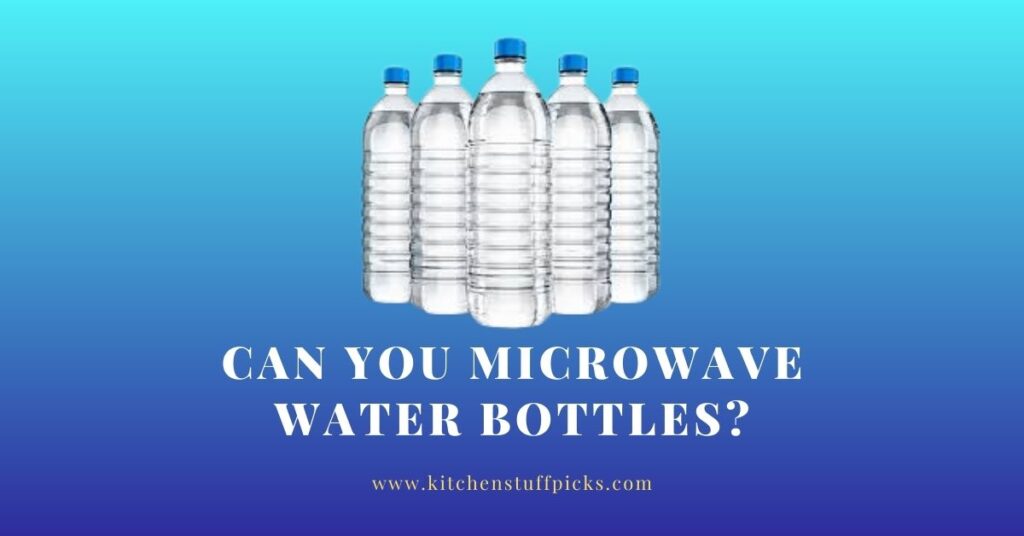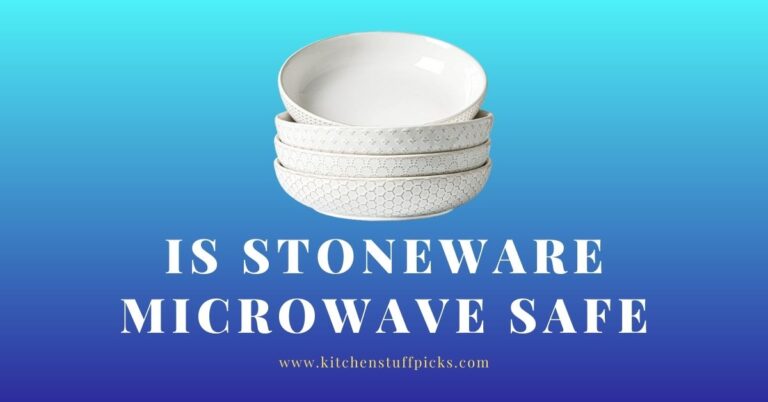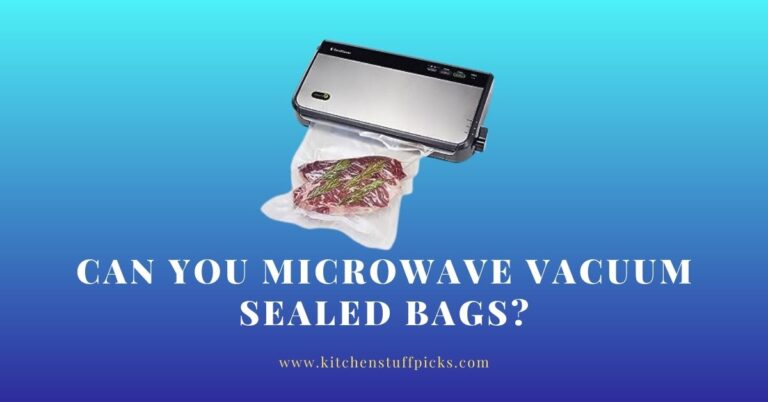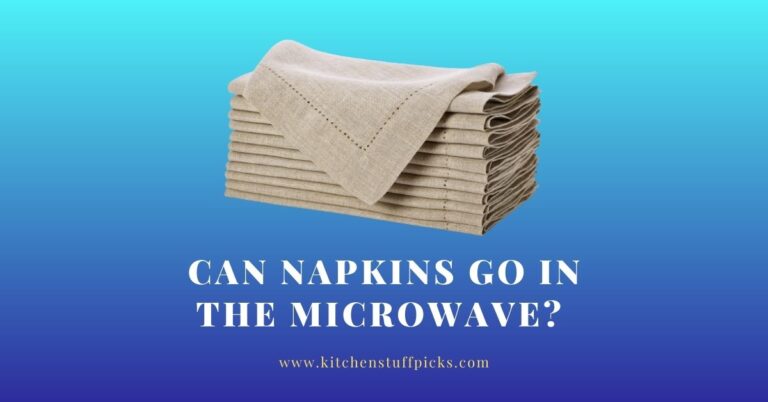Can You Microwave Water Bottles? Exploring Safety and Considerations
Reheating food and cooking in general have gotten much easier because to the proliferation of microwave ovens, which have become an indispensable appliance in today’s busy kitchens.
However, what about the mystery that surrounds heating water bottles in the microwave?These include the scientific principles behind microwave ovens, the intricacies of different materials, and the crucial guidelines to ensure a safe experience without risks. In this article we will discuss about Can You Microwave Water Bottles?

The Science Behind Microwaving
Microwave ovens, those magical appliances that seem to work wonders on leftovers, function by generating electromagnetic waves.
These waves excite water molecules in the food, producing heat through friction as they move against each other. Interestingly, this process varies based on the material being heated. While water molecules happily absorb these waves, other materials, like glass and plastic, can respond differently due to their unique molecular structures.
Related Post: Can You Microwave Chinese Takeout Containers
Related Post: Can You Microwave Frozen Hash Browns?
Exploring Water Bottle Compatibility with Microwaves
Diverse Water Bottle Choices: A Quest for Convenience
In the realm of modern convenience, the options for water bottles have expanded beyond traditional choices. From plastic to glass and stainless steel, we’ve sought vessels that cater to our on-the-go lifestyles.
These bottles, once confined to the realm of hydration, have now found themselves under the scrutiny of microwave ovens. However, the journey of microwaving water bottles isn’t as simple as reheating yesterday’s pizza slice.
The Plastic Predicament: Leaching Concerns
Plastic water bottles, though ubiquitous, bring with them a set of concerns when it comes to microwaving. The potential for chemical leaching, where compounds like BPA and phthalates can migrate from the plastic into the liquid, raises a red flag.
This leaching is accelerated by the heat and microwave radiation, a combination that doesn’t bode well for the integrity of the plastic or the safety of your drink. With health-conscious consumers increasingly wary of such chemical exposure, microwaving plastic bottles becomes an endeavor fraught with caution.
Rising to the Occasion: Microwave-Safe Glass Containers
In this whirlwind of considerations, there emerges a beacon of safety: microwave-safe glass containers.Modern kitchen glassware can endure microwave heat and radiation without leaching dangerous compounds into your drink.
Their transparency lets you watch the contents heat up, comforting you that your beverage is warming up
A Safer Reheating Experience
As you stand at the crossroads of reheating your favorite beverage or meal, the choice of container material takes center stage. Opting for microwave-safe glass containers brings peace of mind, ensuring that your drink or food is heated efficiently without the potential hazards associated with plastic.
In a world where convenience often battles with safety, these glass companions offer a harmonious blend of both, allowing you to savor the comfort of a warm sip without compromising your well-being.
Microwaving Plastic Water Bottles: Safety Concerns
Microwaving plastic water bottles? Hold on, that’s a red flag. As much as the convenience appeals to us, the heat and microwave radiation can cause plastic to release harmful chemicals like BPA and phthalates into our drinks.
Recent studies have shone a light on these risks, prompting us to reconsider our microwaving habits. And remember those guidelines on the bottom of plastic containers? They’re not just there for decoration – they often indicate whether it’s safe to microwave the plastic.
Microwaving Glass and Stainless Steel Water Bottles
Now, here’s where things get interestingly safer. Glass, that age-old material, is a champ in the microwave arena.
Because it does not respond in the same way as food or water does when exposed to microwave energy, it is an excellent choice for use in microwaves.And stainless steel? Well, it’s virtually non-reactive, which means your stainless steel water bottle is likely a trusty partner in your microwaving endeavours.
Ensuring Safety in Microwaving: Precautions and Optimal Practices
Exercise Caution: The Plastic Predicament
Before impulsively placing a plastic bottle in the microwave, take a moment to consider the potential consequences. The material of the bottle can greatly influence the safety of the heating process.
Among the most crucial steps in this journey is deciphering the presence of microwave-safe symbols or labels on plastic containers, which serve as informative beacons guiding your choices.
Decode the Symbols: A Wise Approach
Microwave-safe symbols or labels aren’t mere decorations adorning plastic bottles; they convey vital information about the compatibility of the container with microwave radiation.
Often found on the bottom or sides of the bottle, these symbols provide a quick glance into whether the plastic can safely endure the microwave’s heat and energy. When embarking on a microwaving adventure, these symbols should be your first point of reference, steering you away from potential risks.
Transition to Safety: Opting for Glass Containers
In the event that the plastic bottle in question lacks the coveted microwave-safe symbol, a thoughtful alternative beckons – transferring the liquid to a microwave-safe glass container.
Glass, as we’ve explored, is a steadfast ally in the realm of microwaves, resistant to the effects of heat and radiation. This simple substitution not only ensures the safety of your drink but also offers an eco-friendly shift away from disposable plastics.
Mindful Microwave Usage (Can You Microwave Water Bottles?)
As you navigate the intricacies of microwaving, remember that patience can be a powerful ally. Lowering the power settings and opting for shorter heating duration are effective strategies to minimise potential risks.
This measured approach prevents abrupt temperature changes that might induce unwanted chemical reactions or uneven heating. By allowing the liquid to gradually warm up, you ensure a safer and more controlled microwaving experience..
Creative Uses of Microwaved Water Bottles
Microwaving water bottles isn’t just about convenience; it can be genuinely useful. Imagine having a warmed baby bottle ready in moments, thanks to a microwave-safe glass bottle.
For parents, this innovation can be a game-changer, making those midnight feedings a bit more manageable. And stainless steel bottles? They might just be your new favorite travel companion, keeping your beverages hot on those chilly commutes.
Addressing Common Myths and Misconceptions
Dispel some long-held myths. No, microwaving plastic bottles won’t turn your kitchen into a fireworks display, nor will it spontaneously generate cancer. Science and technology have improved safety and understanding. Dispel these myths and make evidence-based decisions.
Related Post: Can You Microwave Vacuum Seal Bags?
Conclusion:
In the ever-evolving landscape of modern convenience, the microwave oven stands as a testament to technology’s ability to reshape our daily routines. Microwaving water bottles, however, requires a nuanced approach.
We’ve ventured through the scientific intricacies that make microwaves tick, explored the compatibility of various materials with this heating process, and uncovered the safety concerns surrounding plastic bottles.
On the brighter side, microwave-safe glass containers and stainless steel bottles have emerged as reliable allies in our quest for quick heating.
So, the next time you’re considering microwaving a water bottle, remember that science and safety go hand in hand. Your choice of material matters, and taking a moment to decipher those symbols on plastic containers can make all the difference.
Whether it’s a midnight baby bottle or a toasty travel companion, microwaved water bottles have the potential to make life just a tad bit easier while keeping our health at the forefront.
FAQs:
Can I microwave any plastic water bottle?
Not all plastics are created equal. Look for microwave-safe symbols on the container, usually found on the bottom. If the symbol is absent, it’s safer to avoid microwaving the plastic bottle.
Is glass really a safe option for microwaving?
Yes, microwave-safe glass containers have been designed to withstand the heat and microwaves. They won’t leach chemicals into your food or drinks, making them a reliable choice.
Can I use a stainless steel water bottle for heating beverages?
Absolutely! Stainless steel is non-reactive and won’t pose any health risks when microwaved. Just make sure there aren’t any plastic components on the bottle’s cap or lid.
Is there a risk of bottles exploding in the microwave?
No need to worry about a microwave-induced explosion. The microwave’s internal pressure is regulated, and properly manufactured containers won’t explode.
Can microwaving plastic bottles cause cancer?
Rest assured, there’s no scientific evidence linking microwaving plastic bottles to cancer. Properly following guidelines and using microwave-safe materials minimizes any potential health risks.






